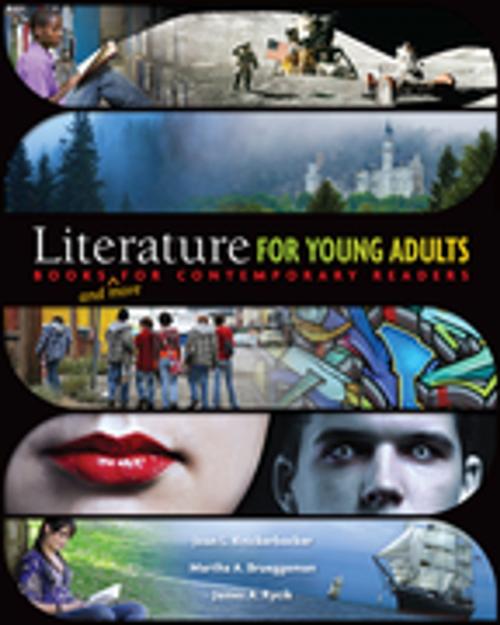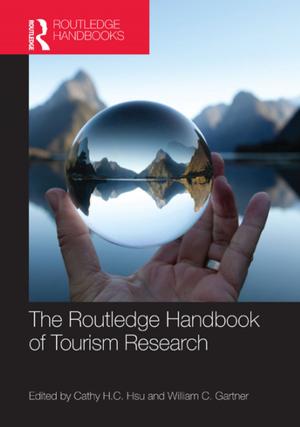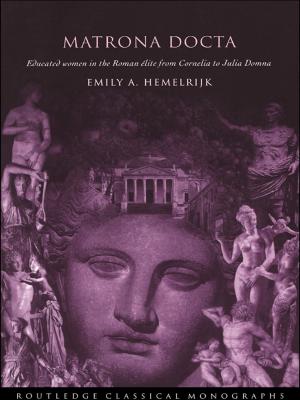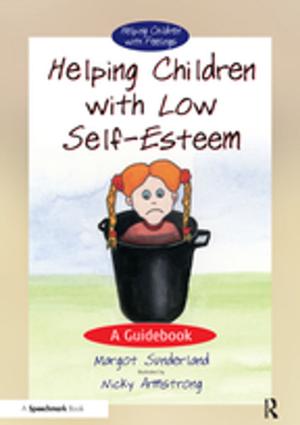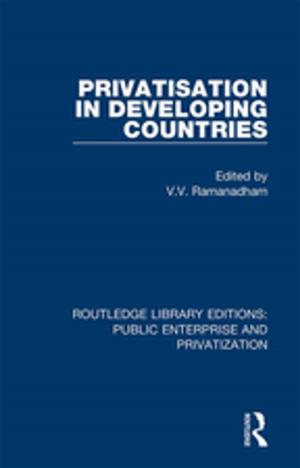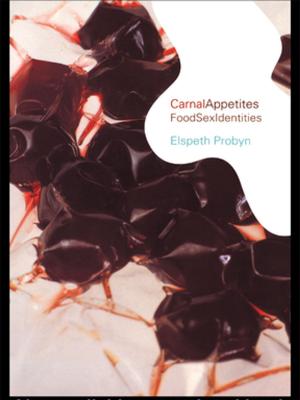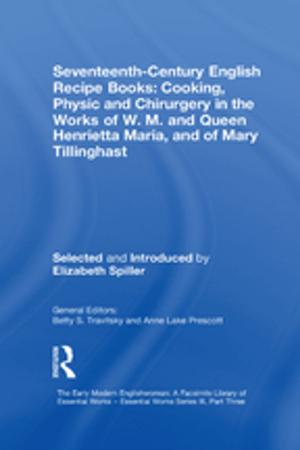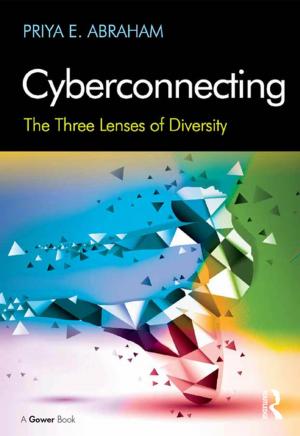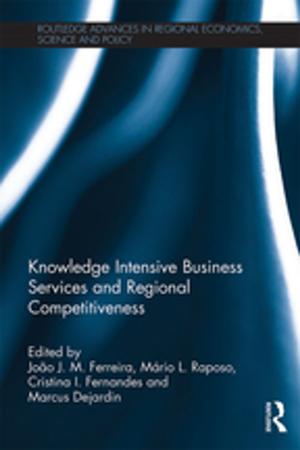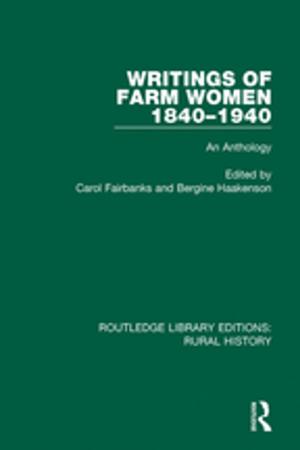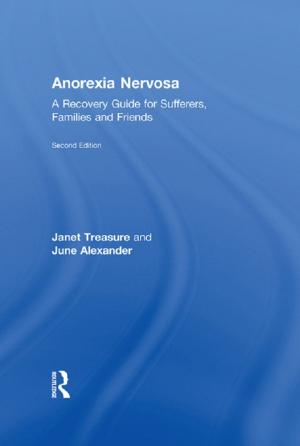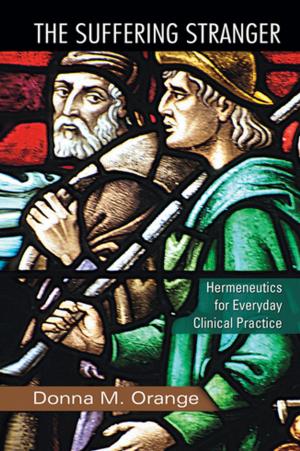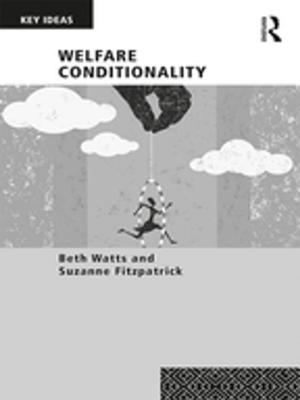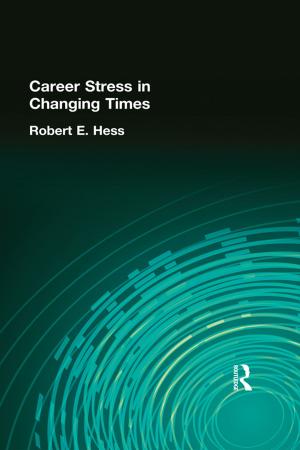Literature for Young Adults
Books (and More) for Contemporary Readers
Nonfiction, Reference & Language, Language Arts, Literacy, Education & Teaching| Author: | Joan L. Knickerbocker | ISBN: | 9781351813020 |
| Publisher: | Taylor and Francis | Publication: | March 15, 2017 |
| Imprint: | Routledge | Language: | English |
| Author: | Joan L. Knickerbocker |
| ISBN: | 9781351813020 |
| Publisher: | Taylor and Francis |
| Publication: | March 15, 2017 |
| Imprint: | Routledge |
| Language: | English |
Young adults are actively looking for anything that connects them with the changes happening in their lives, and the books discussed throughout Literature for Young Adults have the potential to make that connection and motivate them to read.
It explores a great variety of works, genres, and formats, but it places special emphasis on contemporary works whose nontraditional themes, protagonists, and literary conventions make them well suited to young adult readers. It also looks at the ways in which contemporary readers access and share the works they're reading, and it shows teachers ways to incorporate nontraditional ways of accessing and sharing books throughout their literature programs.
In addition to traditional genre chapters, Literature for Young Adults includes chapters on literary nonfiction; poetry, short stories, and drama; cover art, picture books, illustrated literature, and graphic novels; and film. It recognizes that, while films can be used to complement print literature, they are also a literacy format in their own right-and one that young adults are particularly familiar and comfortable with.
The book's discussion of literary language--including traditional elements as well as metafictive terms--enables readers to share in a literary conversation with their students (and others) when communicating about books. It will help readers teach young adults the language they need to articulate their responses to the books they are reading.
Young adults are actively looking for anything that connects them with the changes happening in their lives, and the books discussed throughout Literature for Young Adults have the potential to make that connection and motivate them to read.
It explores a great variety of works, genres, and formats, but it places special emphasis on contemporary works whose nontraditional themes, protagonists, and literary conventions make them well suited to young adult readers. It also looks at the ways in which contemporary readers access and share the works they're reading, and it shows teachers ways to incorporate nontraditional ways of accessing and sharing books throughout their literature programs.
In addition to traditional genre chapters, Literature for Young Adults includes chapters on literary nonfiction; poetry, short stories, and drama; cover art, picture books, illustrated literature, and graphic novels; and film. It recognizes that, while films can be used to complement print literature, they are also a literacy format in their own right-and one that young adults are particularly familiar and comfortable with.
The book's discussion of literary language--including traditional elements as well as metafictive terms--enables readers to share in a literary conversation with their students (and others) when communicating about books. It will help readers teach young adults the language they need to articulate their responses to the books they are reading.
